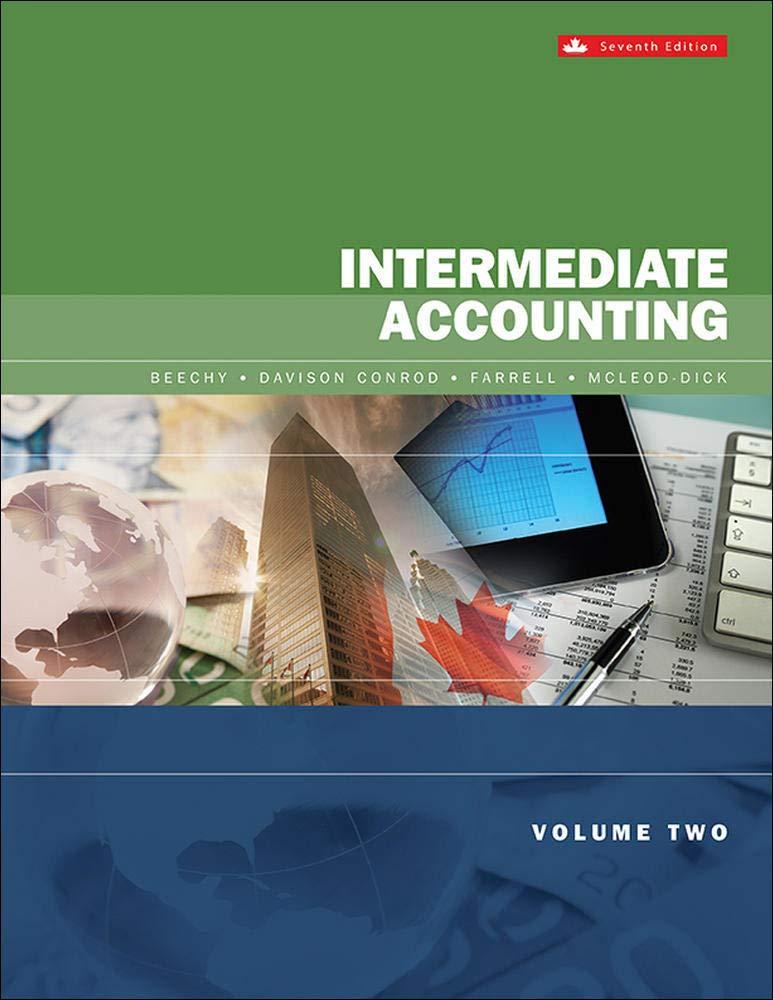Question
Case Study: Compliance Auditing in Managerial Accounting Introduction: Compliance auditing in managerial accounting involves evaluating an organization's adherence to laws, regulations, policies, and industry standards.
Case Study: Compliance Auditing in Managerial Accounting
Introduction: Compliance auditing in managerial accounting involves evaluating an organization's adherence to laws, regulations, policies, and industry standards. It ensures that the company's financial practices and reporting are in compliance with relevant legal and regulatory requirements. Let's explore a detailed case study illustrating the importance of compliance auditing in managerial accounting:
Case Study: XYZ Corporation
Background: XYZ Corporation is a publicly traded company operating in the healthcare industry. As part of its commitment to transparency and regulatory compliance, the company conducts regular compliance audits to ensure adherence to industry regulations, such as the Health Insurance Portability and Accountability Act (HIPAA) and the Sarbanes-Oxley Act (SOX).
Challenges: XYZ Corporation faces complex regulatory requirements due to the highly regulated nature of the healthcare industry. Compliance with HIPAA regulations regarding patient privacy and data security, as well as SOX requirements for financial reporting and internal controls, presents significant challenges for the company.
Compliance Audit Process: XYZ Corporation's compliance audit process involves the following steps:
Planning:
The compliance audit team, comprised of internal auditors and compliance specialists, develops a comprehensive audit plan outlining the scope, objectives, and audit procedures.
The plan includes a review of relevant laws, regulations, and industry standards to ensure that audit procedures are aligned with compliance requirements.
Risk Assessment:
The audit team conducts a risk assessment to identify areas of potential non-compliance and prioritize audit focus areas.
Risks related to data privacy, financial reporting, internal controls, and vendor management are assessed based on their likelihood and potential impact on the organization.
Testing and Documentation:
Audit testing is performed to evaluate the effectiveness of controls and procedures in place to ensure compliance.
The audit team reviews documentation, interviews key personnel, and performs tests of controls to assess adherence to regulatory requirements.
Findings and Recommendations:
Upon completion of testing, the audit team summarizes findings and identifies areas of non-compliance or control weaknesses.
Recommendations are provided to management for addressing identified deficiencies and improving compliance processes.
Follow-up and Monitoring:
Management is responsible for implementing corrective actions in response to audit findings.
The audit team conducts follow-up reviews to verify the implementation of corrective measures and monitor ongoing compliance efforts.
Benefits of Compliance Auditing:
Ensures legal and regulatory compliance, reducing the risk of penalties, fines, and legal liabilities.
Enhances transparency and trust among stakeholders, including investors, regulators, and customers.
Identifies areas for process improvement and strengthens internal controls, leading to operational efficiencies and cost savings.
Demonstrates the organization's commitment to ethical conduct and corporate responsibility.
Question:
What is the primary objective of compliance auditing in managerial accounting?
A) Maximizing profits B) Ensuring adherence to laws and regulations C) Streamlining business processes D) Minimizing operational costs
Step by Step Solution
There are 3 Steps involved in it
Step: 1

Get Instant Access to Expert-Tailored Solutions
See step-by-step solutions with expert insights and AI powered tools for academic success
Step: 2

Step: 3

Ace Your Homework with AI
Get the answers you need in no time with our AI-driven, step-by-step assistance
Get Started


